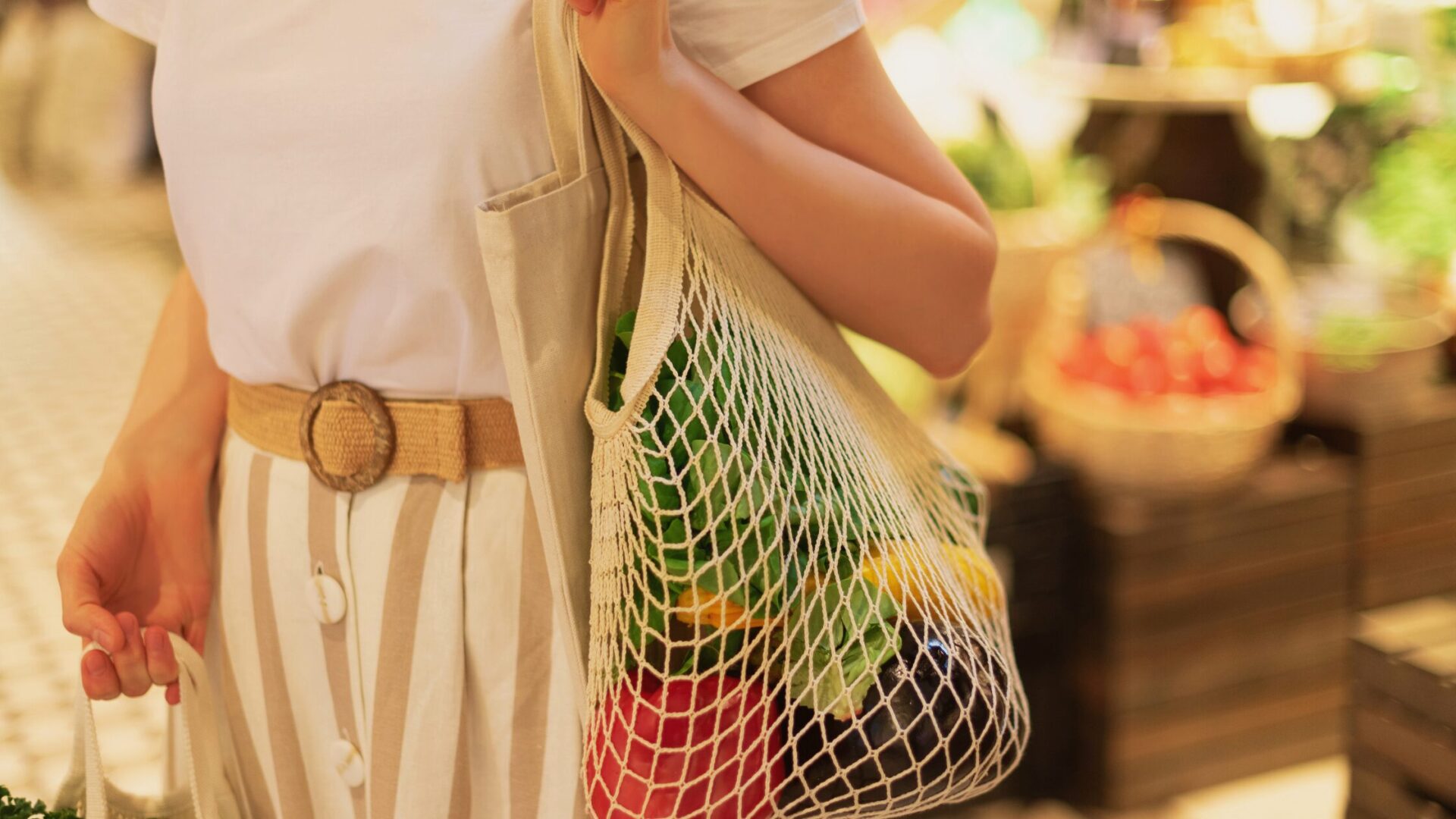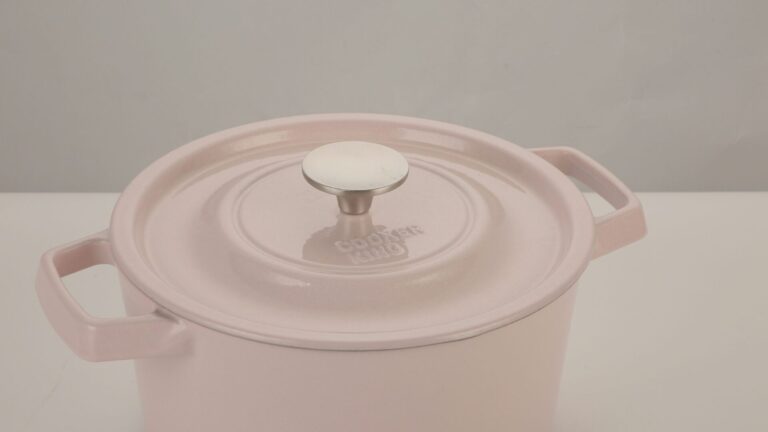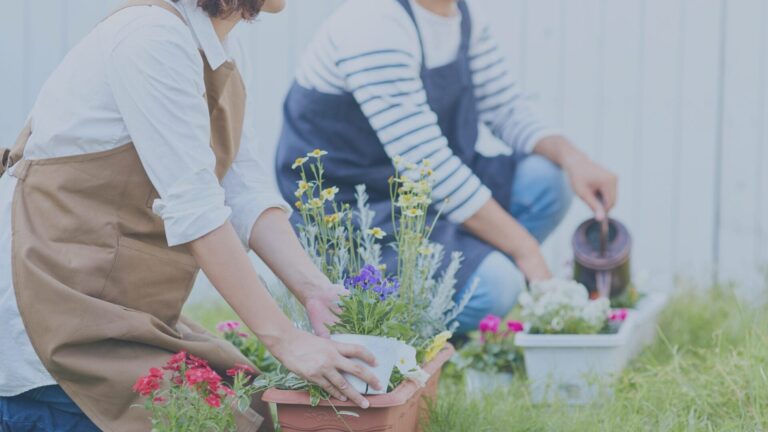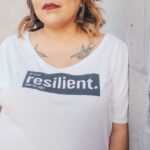The term “sustainable shopping” appears everywhere these days—on social media, in magazines, across news headlines. Yet for many of us, the concept feels abstract, almost overwhelming. Where exactly do you begin when the stakes feel so high and the solutions so nebulous?
The truth is simpler than you might think. Sustainable shopping isn’t about perfection or dramatic lifestyle overhauls. It’s about making conscious choices, one purchase at a time, that honor both the planet and the people who inhabit it. And those choices? They’re surprisingly accessible, even to complete beginners.
Understanding Sustainable Consumption
At its core, sustainable consumption means using products and services that meet our genuine needs while minimizing environmental impact throughout their entire lifecycle—from production to disposal. The formal definition speaks of reducing natural resource use, toxic materials, and waste emissions without compromising future generations’ ability to meet their own needs.
Think of it as doing more with less, but better. It’s not about deprivation; it’s about intention.
Why This Matters Now
The urgency behind sustainable shopping isn’t theoretical—it’s mathematical. Over the past fifty years, global material consumption has skyrocketed to unsustainable levels. Current projections suggest that maintaining our present lifestyle will require the natural resources of approximately three Earths by 2050.
Three Earths. We have one.
Our extraction rates for forests, wildlife, minerals, and water far exceed the planet’s regenerative capacity. Climate change, driven largely by overconsumption and the carbon emissions it generates, threatens not just ecosystems but human survival itself. The question isn’t whether we should change our habits, but how quickly we can adapt.
This might sound daunting, but here’s the empowering part: individual actions matter. When enough people shift their purchasing patterns, markets respond. Companies adapt. Systems change.
Four Foundational Practices for Sustainable Shopping
Starting your journey toward eco-conscious consumerism doesn’t require specialized knowledge or significant financial investment. These four practices form the bedrock of sustainable shopping habits anyone can adopt.
Embrace Reusable Bags
The simplest entry point is also one of the most effective: ditch single-use plastic bags. Choosing a reusable shopping bag isn’t just practical—when you find one with a design you genuinely love, it transforms from obligation to accessory.
I spent years mentally berating myself for forgetting bags at home. The breakthrough came when I stopped relying on memory and built systems instead. Now I keep bags by the front door, one in my car, and a compact foldable version permanently in my everyday bag. The forgotten bag syndrome vanished almost overnight.
Material matters too. Look for bags made from recycled nylon or organic cotton—options that will last for years rather than months. Durability isn’t just economical; it’s environmental.
Discover reusable bags in Japan
Choose Plastic-Free and Minimal Packaging
Reducing plastic waste starts with scrutinizing packaging choices. Opt for refillable products, bulk items, or goods packaged in recycled materials whenever possible.
Initially, this might feel cumbersome. Shopping takes slightly longer when you’re reading labels and comparing options. But something shifts after the first few trips: you notice how much less trash you’re generating. Your kitchen feels tidier. The simple act of choosing becomes satisfying in itself, creating positive reinforcement that makes the habit stick.
Support Local Production
Buying locally produced foods and goods simultaneously reduces transportation emissions and supports regional economies. It’s an elegant solution—good for the environment, good for communities.
Weekend farmers’ markets offer something supermarkets can’t: connection. When you purchase vegetables directly from the person who grew them, you learn about seasonal rhythms, cultivation methods, and the dedication behind your food. That face-to-face interaction transforms shopping from transaction to relationship, adding layers of meaning and gratitude to the experience.
Purchase Intentionally
Before adding anything to your cart, pause and ask: “Do I genuinely need this?” This simple question serves as a filter against impulse purchases driven by sales, trends, or advertising.
The practice of conscious buying doesn’t feel restrictive—it feels liberating. Living richly with less delivers a different kind of satisfaction than accumulation ever could. There’s deep fulfillment in choosing quality over quantity, in surrounding yourself only with items that serve genuine purposes or bring authentic joy.
Where to Practice Sustainable Shopping
Finding the right venues matters. Three types of stores make eco-conscious shopping significantly easier:
Bulk Stores allow you to purchase exact quantities, eliminating both food waste and excess packaging. An increasing number now stock everything from pantry staples like grains and nuts to household essentials like detergent and shampoo—all dispensed without single-use containers.
Organic Supermarkets curate selections of environmentally responsible products, many carrying certification marks that take the guesswork out of ethical purchasing. You can shop with confidence, knowing the vetting has already happened.
Local Markets offer the irreplaceable experience of direct interaction with producers. The conversations you have while shopping—learning about growing practices, seasonal challenges, artisan methods—transform the act of buying into something richer and more meaningful than conventional retail can provide.
Making Sustainable Habits Last
Enthusiasm is easy; consistency is the challenge. Here are three strategies that help sustainable shopping evolve from occasional effort to automatic behavior.
Maintain a “Buy When Empty” List
Keep a small notepad near your refrigerator and bathroom, jotting down items as they run out. Reviewing this list before shopping accomplishes two things: it prevents impulse purchases and trains you to recognize genuine needs versus manufactured wants. A notes app on your phone works equally well—the medium matters less than the practice.
Track Your Progress
Reflection builds awareness, and awareness strengthens commitment. Consider keeping a simple shopping journal where you note choices you made each week. Visualizing accomplishments—”reduced plastic-packaged items by eight this month” or “bought locally grown vegetables four times”—provides tangible evidence of impact that maintains motivation during moments of doubt.
Cultivate Favorite Vendors
When you develop genuine affection for specific shops or producers—whether because of atmosphere, values, or product quality—shopping stops feeling like a chore and becomes something you look forward to. These emotional connections nurture both personal satisfaction and a sustainable economy. Supporting businesses you believe in is investing in the world you want to see.
The Power of Imperfect Action
Here’s what sustainable shopping is not: a purity test, a competition, or an all-or-nothing proposition. It’s not about achieving perfection or judging yourself (or others) for falling short of some idealized standard.
What matters is continuation—doing what you can, when you can, as consistently as you can manage.
Some weeks you’ll remember your reusable bags without fail. Other weeks you’ll forget them all and come home with plastic. Some months you’ll shop almost exclusively at farmers’ markets and bulk stores. Other months convenience will win, and that’s okay. Progress isn’t linear; it’s cumulative.
The small steps matter precisely because they accumulate. A reusable bag here, a plastic-free choice there, a local purchase, a moment of intentional restraint—these aren’t trivial gestures. Multiplied across days, weeks, and years, multiplied across communities and populations, they become the force that changes systems.
Your purchasing decisions ripple outward in ways you may never witness directly. They signal to businesses what consumers value. They model possibilities for friends and family. They contribute to shifting norms about what’s acceptable and what’s antiquated.
Beginning Today
Sustainable shopping asks one simple thing: begin. Not perfectly, not dramatically, just genuinely.
Choose one practice from this guide—perhaps the reusable bag, perhaps the intentional pause before purchasing, perhaps exploring a local market this weekend. Start there. Let that single choice become familiar, comfortable, automatic.
Then add another.
The planet’s future isn’t shaped by grand gestures from a few but by small, consistent actions from many. Your choices matter. Your habits ripple. Your participation in building a more sustainable world begins with a single decision.
Why not make that decision today?








